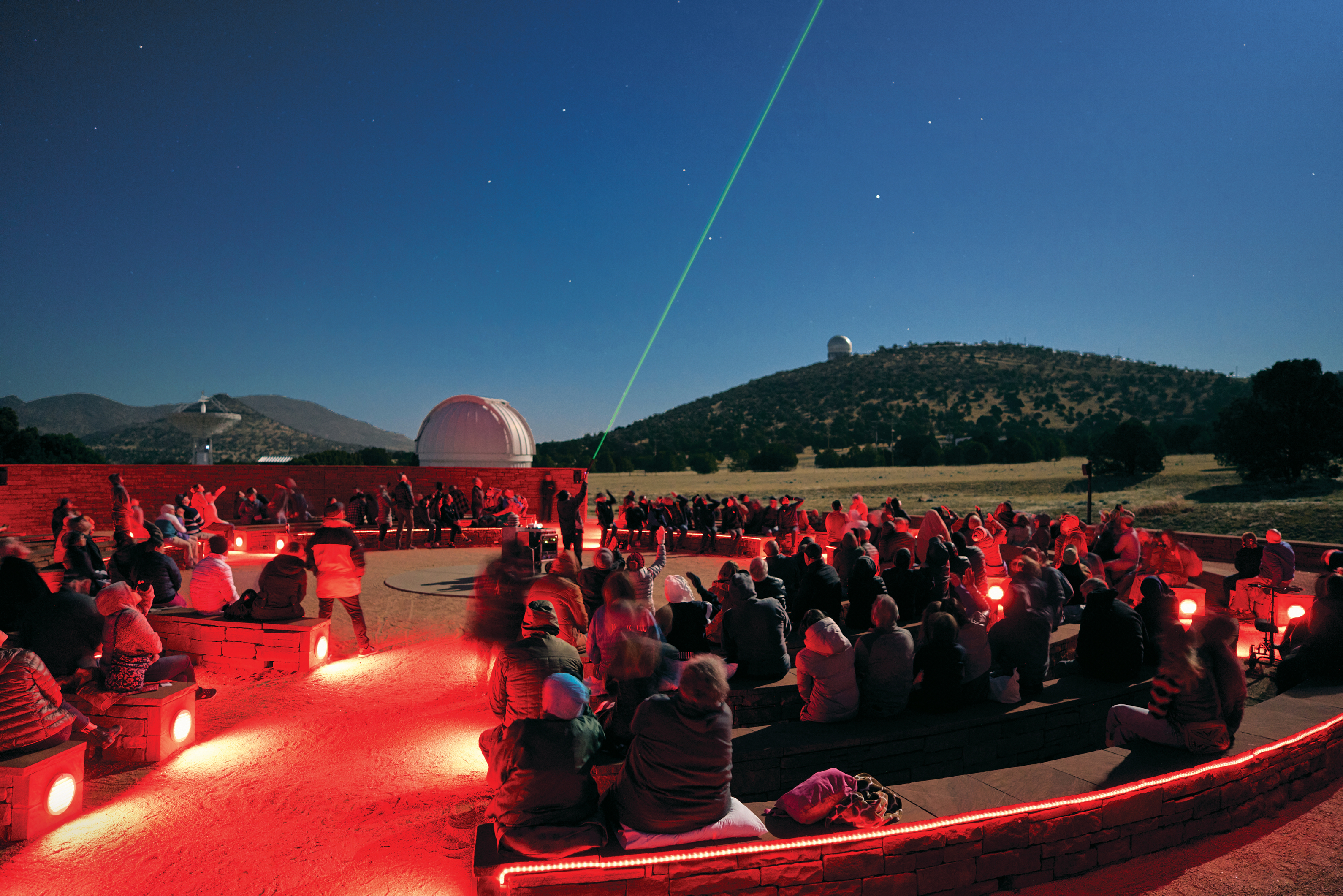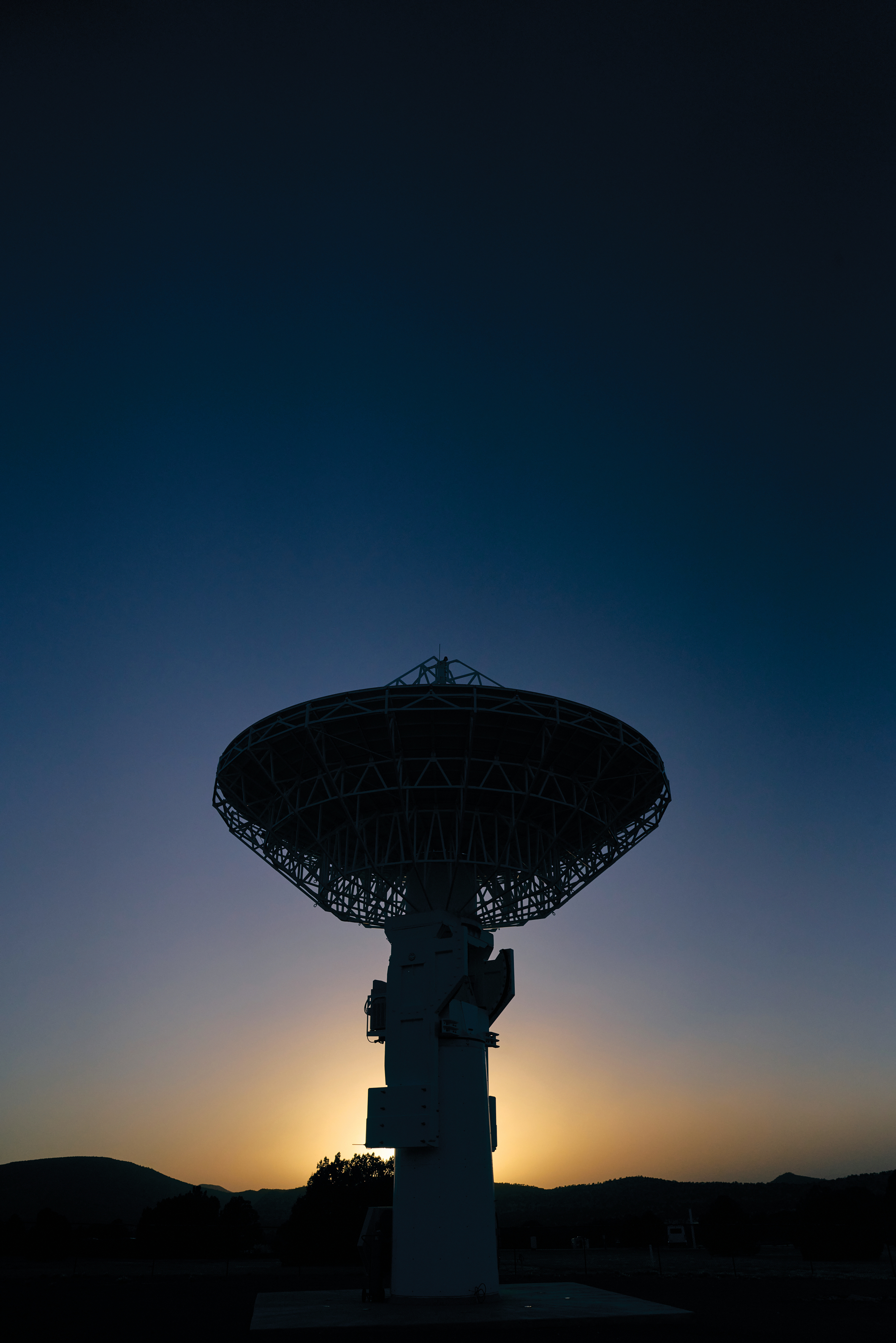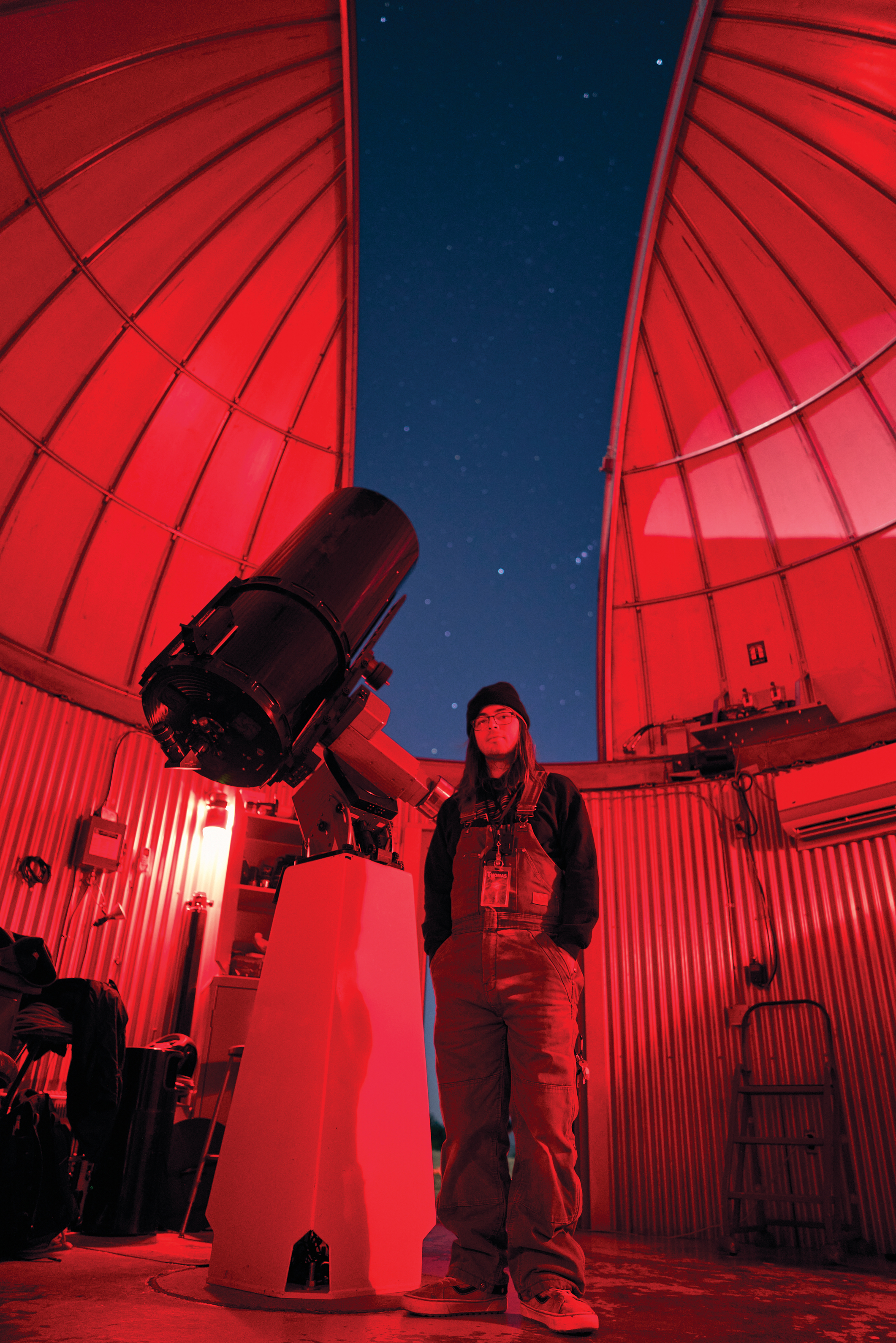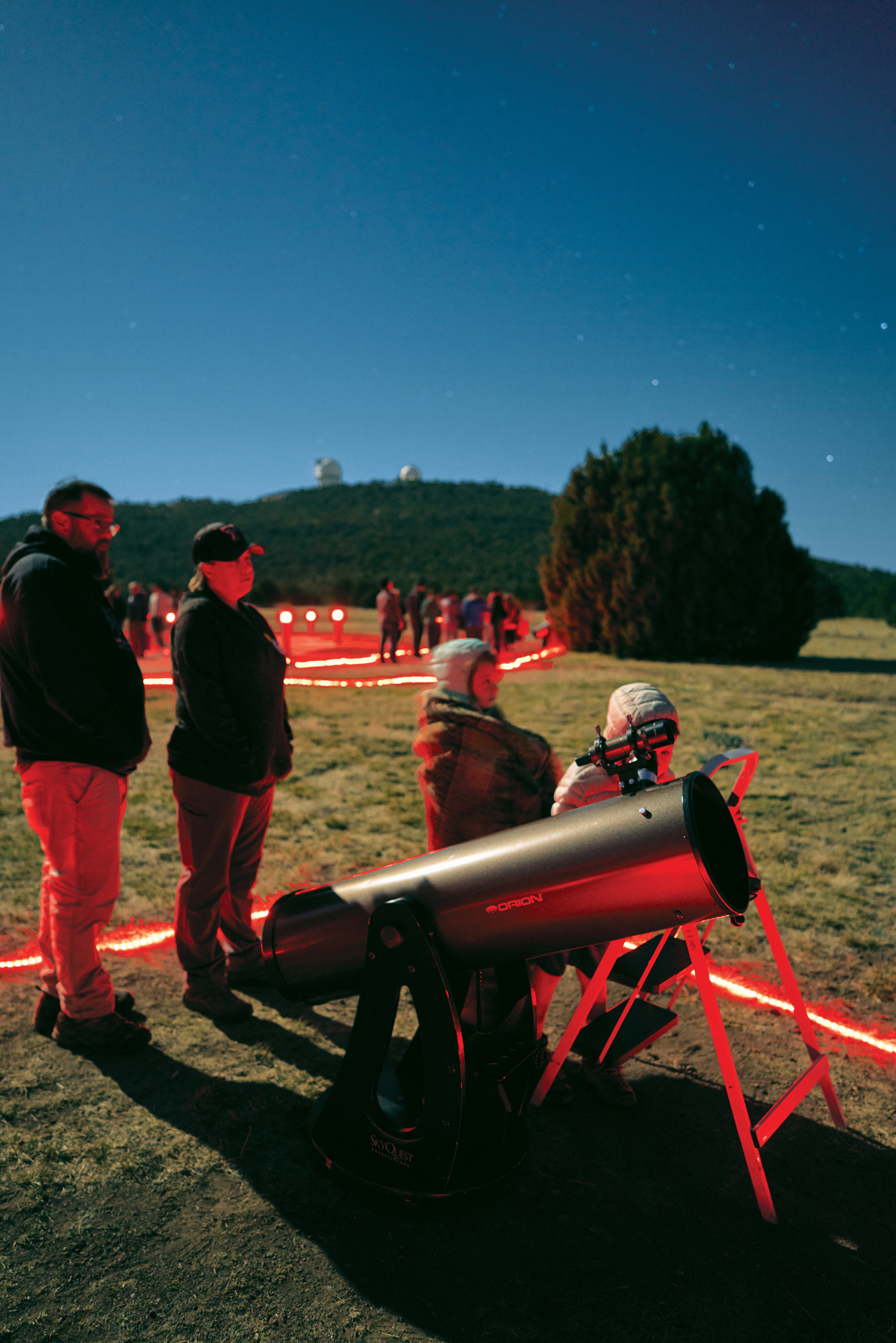On Some of Texas’ Tallest Peaks, Star Parties Attract Visitors From All Over the Planet

Hundreds of miles into the desert, atop the highest point on the Texas state highway system, this remote university research center is not an obvious destination. But for curious stargazers, a trip into the “Texas Alps” is a special pilgrimage.
Nestled in the Davis Mountains is the preeminent center for astronomy in Texas: the McDonald Observatory. During the day, visitors can take tours of the campus and enjoy sweeping views of the surrounding mountains. And three nights a week, they’re treated to the ultimate tour of the cosmos.
“As scientific research institutions go, ours is known within the community as being the most accessible to the public. It’s something that’s been part of the mission since day one,” Katie Kizziar, assistant director for education and outreach at the observatory, told UT News in 2019.
Each Star Party includes an open-air tour of the sky followed by glimpses through telescopes scattered around the visitors center. The presentations always begin with a collective gasp from the crowd. As the lecturer turns on their laser pointer for the first time, the green ray of light seems to extend out of the atmosphere and directly into space. Next, they start to rattle off the unmistakable constellations and galaxies, which are all perfectly illustrated.
The night unfolds under one of the darkest skies on the planet, which is no accident. Thanks to a massive collaborative effort, the entire Big Bend region was recently certified as the world’s largest Dark Sky Place by the International Dark-Sky Association, a designation that gives the lands extra protection against light pollution.
Spanning 15,000 miles, a cooperative called the Greater Big Bend International Dark Sky Reserve encompasses all of Jeff Davis, Presidio, and Brewster counties, both Big Bend parks, and stretches across the Rio Grande into Mexico. At the core of this dark sky preserve is the McDonald Observatory.
“None of this exists if we can’t keep the skies dark,” Kizziar said. “There are so many observatories in the U.S. that have lost their night sky and can no longer do science.”
After the lecture, visitors take turns viewing celestial objects with breathtaking clarity through several telescopes surrounding the amphitheater. Much of the campus, from the public telescopes down to the mountains themselves, exists thanks to a history of generous benefactors.
“It has been a true community effort, and the people of the area should be proud of what we have all achieved together,” McDonald superintendent Teznie Pugh told UT News after the region earned its dark sky designation in 2022.
Over the years, the site has discovered new planets, measured black holes, and captured the births, deaths, and collisions of stars. While profound, the efforts have paid off through more than just scientific discoveries; the biodiversity and tourism of the region are both incalculably enriched.
“It gives Texas astronomy a big name, so it’s great for recruiting students and researchers and faculty,” McDonald director Taft Armandroff told UT News. “It also just signals, to Texas and beyond, that we’re a university that really values science, and we’re a university that welcomes everyone.”

On the top of Mount Locke sit the Otto Struve and Harlan J. Smith telescopes. Built first in 1939, the Otto Struve Telescope remains one of the world’s largest still open for public viewing. The dome, pictured right, originally housed all of McDonald Observatory, including living quarters for the astronomers. Known for years as simply “the 82-inch,” it was renamed in 1966 in honor of Struve, McDonald’s first director.
During the Space Race of the 1960s, new director Harlan J. Smith convinced NASA to build the world’s third-largest telescope. The Harlan J. Smith Telescope, pictured left, reinvigorated the observatory upon its completion.
Notably, it was used to measure the distance to the moon within inches by bouncing a laser off a set of mirrors Neil Armstrong and the Apollo 11 crew left on the lunar surface. Those mirrors remain in place and still gather critical data. Back at McDonald, that science—called laser ranging—now takes place at dedicated laser telescopes at the observatory.

Smith founded the Department of Astronomy at UT Austin and became the observatory’s first director to come from UT, after the end of a longtime partnership with the University of Chicago.

Stationed atop Mount Fowlkes, the Hobby-Eberly is open for tours, but it’s not a telescope visitors can expect to peer through. It was created to measure dark energy, a mysterious force thought to drive the expansion of the universe. Designed for spectroscopy, the telescope studies light to identify previously unknown galaxies and map their changes over time.

As part of NASA’s Space Geodesy Project, it precisely measures itself against a network of approximately 30 other sites around the world.

McDonald Observatory staff member and Star Party astronomer Tommy LePori stands inside one of the domes, alongside a 16-inch RC Optics Schmidt-Cassegrain telescope pointed at Mars.

While events still sell out on occasion, capacity is now capped at 550 to ensure the best experience for all.
CREDIT: Photographs by Matt Wright-Steel






